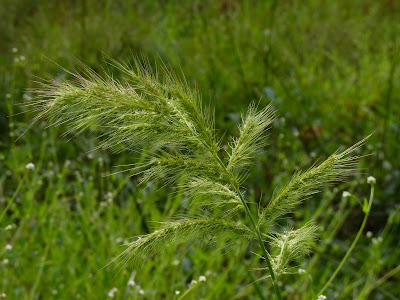 |
| Palm Warbler / Photo by Keenan Adams (USFWS) |
- Fossils discovered in China provide an example of therapods eating prehistoric birds and small feathered dinosaurs.
- Scientists are trying to find out if Blue Tits might be able to control an invasive moth in the UK.
- Climate change may increase the spread of avian influenza in wild birds by disrupting their normal migration patterns.
- The breeding population of Chinstrap Penguins is declining on the Antarctic Peninsula. The researchers think that climate change is the most likely culprit.
- This video shows a Green Heron using a piece of bread as bait to catch a fish.
- A series of images show a Velvet-purple Coronet and a Buff-tailed Coronet fighting over the right to feed at a banana flower.
- Ecologists are pushing the French government to stop unregulated hunting on the island of Guadeloupe.
- Net Results: Dearborn Passenger Pigeons: Then and Now
- 10,000 Birds: How do Birds get their Color?
- Birding Frontiers: Jankowski’s Bunting: A Very Rare Bird Indeed
- The Smaller Majority: Danger, in black and white
- Bug Eric: Wasp Wednesday: Ageniella accepta/conflicta
- BugBlog: On insect migration and fairy tales
- Nemesis Bird: Maryland Herald Petrel – 8/25/12
- Laelaps: Giant Squid vs. Mosasaur
- Not Exactly Rocket Science: Robins start with a magnetic compass in both eyes, and end up with just one
- PetaPixel: Hiker in Alaska Killed After Taking Close-Up Pictures of a Grizzly Bear
- Scientists finally figured out what a strange-looking marine larva becomes as an adult.
- A recent study showed how the extinction of one species can hurt other species.
- A botany study proved that New England Banksia is a separate species from Hairpin Banksia.
- Three prehistoric arthropods — a midge and two mites — have been found in Triassic amber from Italy.
- Sea ice in the Arctic is already at a record low. With three weeks of melting left, this summer will likely break the record by a substantial margin.
- Shad have virtually disappeared from the Delaware River, and attempts to restore them have had frustratingly slow results.
- Yosemite National Park has closed 91 cabins after two people died from hantavirus after sleeping there.
- A man was caught trying to enter Switzerland with 15 kilograms of caterpillars in a false compartment in his luggage. When he was caught, he started eating them.
- Climate change may cause significant changes to the stretches of the Atlantic coastline within the National Park system from erosion and rising temperatures.
- The Obama administration has given Shell permission to start preparations for drilling in the Chukchi Sea.
- An unidentified white moth from Venezuela has become a hit on social media sites.
- Five new species of cuckoo bees were documented on the Cape Verde Islands.





























